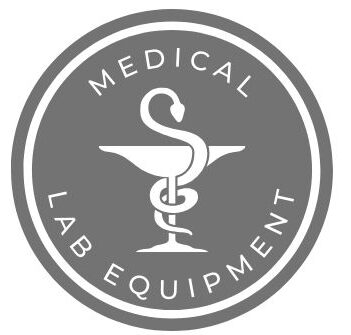Your cart is currently empty!
Dental Laboratory CAD/CAM (Computer-Aided Design and Computer-Aided Manufacturing) system is an advanced technological solution utilized in the field of dentistry to enhance the design and production of dental restorations and appliances. This system integrates digital technology to streamline various processes, offering significant benefits in terms of precision, efficiency, and patient outcomes.
Key Features
- Digital Scanning: The CAD/CAM process begins with the digital scanning of a patient’s dental anatomy, often using an intraoral scanner. This creates a highly accurate 3D model of the teeth and surrounding structures, eliminating the need for traditional impressions that can be uncomfortable for patients.
- 3D Modeling: Using specialized software, dental technicians or dentists can manipulate the scanned data to design custom restorations such as crowns, bridges, inlays, onlays, and dentures. The software allows for precise adjustments and simulations of the final product, ensuring a better fit and aesthetic appearance.
- Material Selection: CAD/CAM systems support a variety of materials, including ceramic, resin, and metal. The choice of material can be tailored to the specific needs of the patient and the type of restoration required, balancing aesthetics and durability.
- Milling and Fabrication: After the design phase, the restoration is fabricated using a milling machine or 3D printer. This step can often be completed in-house, reducing turnaround time. The CAD/CAM system ensures that the manufacturing process maintains high accuracy, producing restorations that fit well and function effectively.
- Quality Control: CAD/CAM systems often include built-in quality control measures to verify the accuracy and consistency of the produced restorations. This can involve comparing the final product against the original digital design, ensuring that all specifications are met.
Benefits
- Increased Efficiency: The automation of design and manufacturing processes reduces the time required for producing dental restorations, enabling quicker turnaround times and allowing dental practices to see more patients.
- Enhanced Accuracy: Digital impressions and computer modeling result in restorations with superior precision compared to traditional methods, leading to better fitting and more comfortable dental appliances.
- Improved Aesthetics: CAD/CAM systems allow for highly detailed designs, enabling technicians to create restorations that closely match the natural appearance of teeth, thus enhancing the overall aesthetic outcome for patients.
- Customization: Each restoration can be tailored to the individual patient’s needs, ensuring optimal function and comfort.
Applications
CAD/CAM technology in dental laboratories is used for various applications, including:
- Crowns and Bridges: Custom-designed to restore and enhance the function and appearance of damaged or missing teeth.
- Inlays and Onlays: Partial restorations that fit within the contours of the existing tooth structure.
- Veneers: Thin shells that cover the front surface of teeth to improve aesthetics.
- Orthodontic Appliances: Customized aligners and retainers made for effective teeth alignment.
- Implant Abutments: Tailored components that connect dental implants to the final restoration.
Conclusion
In summary, a Dental Laboratory CAD/CAM system revolutionizes the way dental restorations are designed and manufactured, significantly improving workflow efficiency, restoration accuracy, and patient satisfaction. As technology continues to advance, the capabilities of CAD/CAM systems are expected to expand, further enhancing the field of dentistry and the quality of care provided to patients.








Reviews
There are no reviews yet.